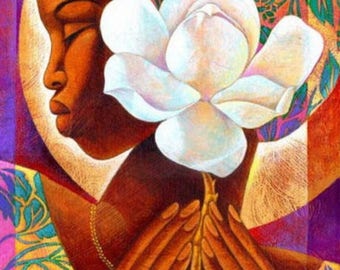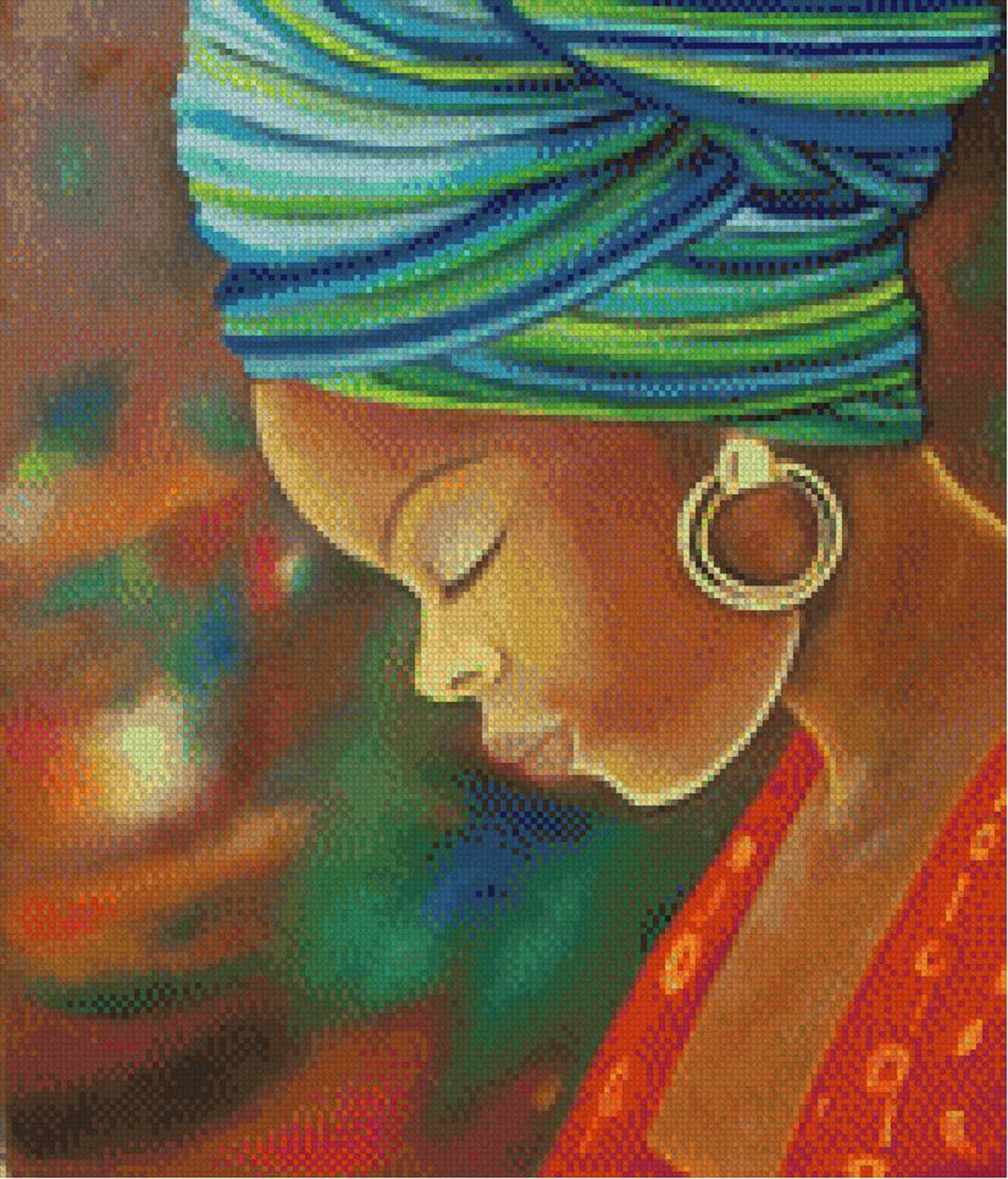2020. 2. 26. 11:24ㆍ카테고리 없음

Description:African Arts is a quarterly journal devoted to the plastic and graphic arts of Africa, broadly defined to encompass sculpture in wood, metal, ceramic, ivory, and stone, and less familiar work in fiber, hide, mud, and other materials. Included in the mandate are architecture, arts of personal adornment, contemporary fine and popular arts, and arts of the African diaspora. In addition the journal encourages dialogue on other forms of African expressive culture: film, theater, dance, and music. The 'moving wall' represents the time period between the last issueavailable in JSTOR and the most recently published issue of a journal.Moving walls are generally represented in years. In rare instances, apublisher has elected to have a 'zero' moving wall, so their currentissues are available in JSTOR shortly after publication.Note: In calculating the moving wall, the current year is not counted.For example, if the current year is 2008 and a journal has a 5 yearmoving wall, articles from the year 2002 are available. Terms Related to the Moving Wall Fixed walls: Journals with no new volumes being added to the archive. Absorbed: Journals that are combined with another title.
Complete: Journals that are no longer published or that have beencombined with another title.

African Art and Culture cannot be separated.African art and culture are one and the same. Culture is thepractices and beliefs that make up a society. In Africa, art was seldom used for decorative purposes, but rather to give life to the values, emotions and daily customs of the various ethnic groups throughout the continent.African art and culture, in many instances deals with making sense out of the world. It also deals with the religious aspects of life. The first African art were terracotta figures that didn't bother with normal human representation. That's because African art doesn't focus on recreating the world in another form, but rather concentrates on explaining the world to reduce the fear of the unknown.They blend together to create an explanation of the universe which would not be possible otherwise. It is poetry built into objects used throughout daily life.
It includes ritual and ceremonial objects, items used daily, adornments showing status or tribe and representations of those things in life which defy explanation. For example, masks of the dual god Gulu show his creative side which brings life and his destructive side which brings death.For thousands of years, African culture was primarily passed on through direct teaching and through verbal communication. Instead of books and tablets, Africans used sculptures and objects to pass on their beliefs and customs from. A sculpture may be of an ancestor or a particular mask may be used only during a special ritual or ceremony that is important to the tribe.The different materials used to make various pieces of African art were determined by location. However religion was the common thread that made African art and culture the perfect team. Masks, sculptures, headdresses, carvings, cooking bowls and many other items were created with the purpose of providing insight into the unpredictable unseen world.They are so entwined that its impossible to separate the two. Almost every piece of African art represents a cultural value or belief.

What Is African Art
For example,may hold the remains of an ancestor whose story is retold to all group members or masks enable the wearer, in times of battle, to invoke the god of strength and courage. Its these mystical qualities attached to each piece of African art that makes them so unique, desirable and valuable.Enter your search terms Submit search formWebwww.all-about-african-art.com.